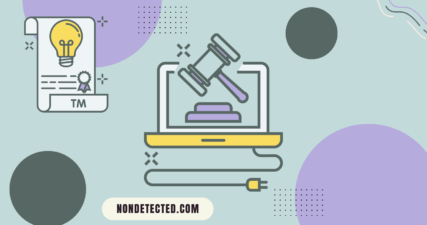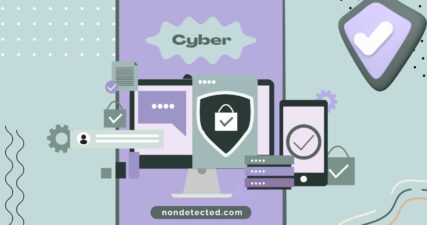Someone Cloned My Site. How to Remove Fake Website?
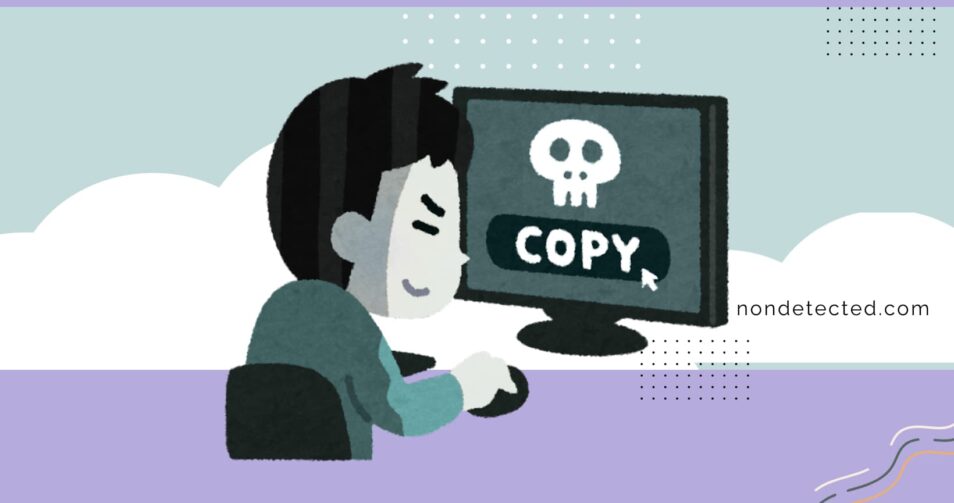
These days, your website is more than just an online address because it serves as your business card and revenue generator. It is critical to know how to take down fake website, as someone can create an exact duplicate of your site.Moreover, the issue is becoming more and more common, and many businesses in different industries have already been affected.Hence, let’s figure out how to remove fake website from the Internet?
Table of Contents
- What Is the Reality of Website Cloning?
- Why Would Someone Do That?
- How Do I Know That My Website Has Been Cloned?
- What Are the Legal Rights When My Website Is Cloned?
- A Brief Guide on How to Take Down Fake Website
- The Challenges of Solving The Issue Without Help
- A Professional Site Clone Removal Service Is the Solution
- REady to Remove Fake Website?
What Is the Reality of Website Cloning?
Just imagine that you are performing a routine search for your business online and discover what appears to be your website all of a sudden.
Everything looks the same, from design to content, but the URL is a bit different. It means that someone created an ideal replica of your digital presence without your permission.
The sad part is that it is not a hypothetical scenario because website cloning has increased by more than 60 percent over the past three years. The most vulnerable targets are small and medium-sized businesses.
It is critical not to ignore the issue, as it can divert traffic, damage your brand reputation, and even result in significant financial loss.
Why Would Someone Do That?
At NonDetected, we are sure that it is critical to understand the reasons behind website cloning to address the issue effectively.
Further, you will get acquainted with the most common motivations that make people duplicate others` websites.
Phishing and Fraud
The most malicious form of website cloning happens when cyber criminals build replica platforms from existing websites to steal sensitive information. It can also be referred to as scam websites or phishing sites.
So, these fraudsters copy legitimate sites on purpose, and these can even be banks, fraudulent ecommerce sites, and payment services, making them some form of malware distribution sites or simply for data theft.
They intend to trick users into entering sensitive information or sharing personal details like:
- Login credentials;
- Credit card information;
- Social security numbers;
- Banking details.
These phishing websites often feature URLs that seem to be similar to the original ones and may even include security badges and encryption symbols to appear legitimate.
As soon as victims submit their information, it is immediately collected by the attackers for identity theft, financial fraud, or sale on dark web marketplaces, or for potential doxxing purposes.
Black Hat SEO and Competition
Not all website clones are aimed at defrauding consumers. In many cases, competitors go for this tactic to:
- Steal traffic from established sites.
- Benefit from your content marketing efforts.
- Confuse potential customers.
- Impersonate you or your business.
- Damage your brand reputation.
- Artificially boost their own search engine rankings.
This form of black hat SEO, like in the case of reviews bombing, leverages your hard work and established online presence to give the competitor a shortcut to success. By duplicating your content, they hope to rank for the same keywords without investing in original content creation.
Counterfeiting and Unauthorized Reselling
E-commerce businesses often face cloned websites that sell counterfeit goods or fake versions of their products. These fraudulent platforms mimic legitimate online stores to trick consumers into purchasing fake goods at prices that seem too good to be true.
Learning and Testing
In some rare cases, website cloning occurs for educational purposes or to test development techniques. At the same time, even these seemingly innocent motivations violate copyright laws and can harm the original website owner if the clone is publicly accessible.
How Do I Know That My Website Has Been Cloned?
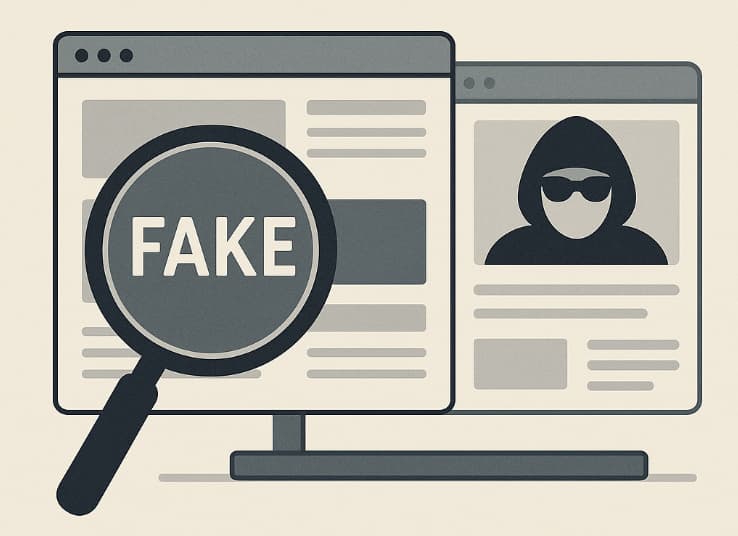
Before you learn how to remove a fake website from Google, you need to confirm its existence. Further, you can find effective methods to detect unauthorized duplicates of your platform:
- Set up Google Alerts for your business name, website URL, and unique content phrases that would appear on a clone.
- Perform regular reverse image searches using distinctive images from your website, as cloned sites typically copy visual elements.
- Utilize plagiarism detection tools like Copyscape to identify websites that have duplicated your content.
- Monitor your web traffic patterns for unexpected drops, which could show that visitors are being diverted to a clone site.
- Check for unusual customer complaints about transactions or interactions that did not actually occur on your legitimate site.
Warning Signs to Watch For
The following red flags could mean that the “someone copied my website” issue is there:
- Customers are reporting confusion about different URLs or website appearances.
- Unexpected login attempts or password reset requests.
- Reports of orders that do not appear in your system.
- Social media mentions linking to sites that are not yours.
- Multiple charge disputes from customers who claim they never made purchases.
What Are the Legal Rights When My Website Is Cloned?
Before NonDetected explains how to take down a fake website, we want you to understand the legal protections available to website owners.
Copyright Protection
Your website’s original content, including text, images, videos, and unique design elements, is automatically protected by copyright law in most jurisdictions. This gives you the legal right to demand the removal of unauthorized copies.
Trademark Infringement
If the clone site utilizes your registered business name, logo, or other trademarked elements, you have additional grounds for legal action under trademark law.
Anti-Phishing Legislation
Most countries have enacted specific laws targeting phishing and online fraud, which provide additional legal recourse when clones are used for criminal purposes.
DMCA and Similar Frameworks
The Digital Millennium Copyright Act (DMCA) in the United States and similar legislation in other countries provide mechanisms for requesting the removal of infringing content from hosting providers and search engines.
A Brief Guide on How to Take Down Fake Website
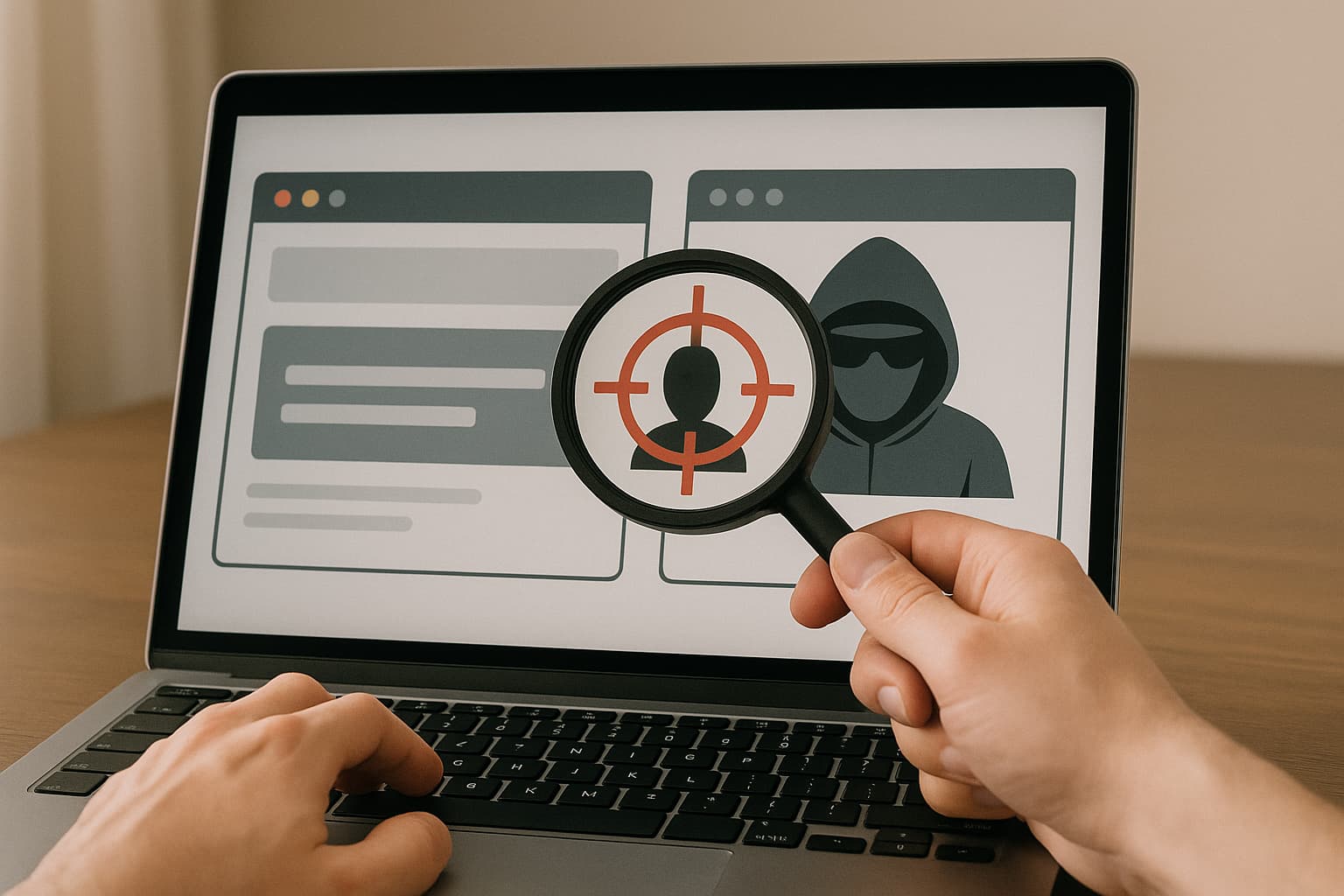
Discovering a clone of your website can be alarming, but there are a few steps that you can take to solve the issue. You can find a guide on what to do if someone copies your website further.
Step 1 – Document Everything
Before taking any action, you should thoroughly document the violation:
- Take screenshots of the cloned website and capture all pages that duplicate your content.
- Record the clone website’s URL, hosting information, and registration details.
- Note similarities and exact duplications of your content, images, and design.
- Document any misuse of your trademarks, logos, or brand assets.
- Collect user reports of confusion or fraud connected to the clone.
According to our experience, this documentation will be crucial for all subsequent actions, from DMCA notices to legal proceedings.
Step 2 – Identify the Hosting Provider and Registrar
To take down a fraudulent website, you need to identify who’s providing services to the clone platform:
- WHOIS Lookup can be used to identify the domain registrant and, when available, the site owner’s contact information (site admin).
- IP Lookup can help identify the hosting provider.
- Hosting Detection Tools are able to reveal the hosting infrastructure supporting the clone.
Step 3 – Contact the Fake Site Owner
In some cases, especially with non-malicious duplications, the fastest solution can be to contact the website owner.
For this purpose, you need to:
- Send a firmly worded cease-and-desist notice explaining the infringement.
- Specify what content must be removed and provide proof of your ownership.
- Set a clear deadline for compliance (typically 48-72 hours).
- Explain the consequences of non-compliance.
You should consider that when dealing with malicious clones, especially those engaged in phishing or fraud, direct contact may tip off the perpetrator and give them time to move the website to a new host.
Step 4 – Submit DMCA Takedown Requests
One of the most effective tools for removing a cloned website is the DMCA takedown process:
- Server host notification. You need to submit a DMCA notice to the website’s hosting, which is legally obligated to respond to valid copyright complaints.
- Domain registrar notification. Many domain registrars will take action against domains used for copyright infringement.
- Search engine removal. It is important to submit DMCA notices to search engines like Google to de-index the cloned site. This should reduce its visibility and potential damage.
You should consider that a properly formatted DMCA notice should include:
- Your contact information;
- Identification of the copyrighted work being infringed;
- Identification of the infringing material and its location;
- A statement that the use is not authorized;
- Your physical or electronic signature.
Step 5 – Report to the Responsible Authorities about the Cloned Website
When a clone website online is engaged in fraud or phishing, you should report it to the appropriate authorities:
- Internet Crime Complaint Center (IC3). You need to file a complaint with the FBI’s dedicated cybercrime division.
- Federal Trade Commission (FTC). It is necessary to report websites engaged in deceptive business practices.
- Anti-Phishing Working Group. You should submit reports of phishing sites to this industry consortium.
- Local Cybercrime Units. Many countries and regions have dedicated cybercrime policing units.
Step 6 – Utilize Social Media Platforms
If they use social media to advertise a duplicate website, you are welcome to report copyright and trademark violations to these platforms.
You can also utilize their reporting tools to block accounts that send users to the cloned site. At this point, you should consider that you will have to introduce enough evidence of the infringement.
Step 7 – Get Legal Assistance for Complicated Cases
When other methods fail or when you deal with complicated situations, you should look for assistance. Here is what you can do to solve the website duplication issue:
- Consult with a cybersecurity or intellectual property attorney.
- Consider sending a formal legal demand letter.
- Figure out variants for court orders or injunctions.
- In tough cases, you should accept the possibility of filing a lawsuit.
The Challenges of Solving The Issue Without Help
The steps offered above explain clone a website what to do. They are definitely helpful, but it is not easy to perform them on your own. Some of the challenges that you will face a mentioned further.
Technical Barriers
It can be hard to identify the actual hosting provider, and clone website owners tend to utilize privacy protection services to protect their identities.
Also, you need specific technical knowledge about web architecture to gather evidence. In the case of international hosting, things can become even more complicated because of jurisdiction and applicable laws.
Legal Complexities
DMCA notices must be precisely formatted to be legally valid, and international clones might fall under various legal frameworks.
In addition to that, you need certain documentation to prove ownership and infringement. The process becomes even more difficult because follow-up processes tend to vary significantly from one server host to another.
Time Constraints
On average, a business owner needs 15-20 hours to complete the full removal process. During this time, the clone platform keeps on damaging your brand and potentially defrauds customers.
Therefore, such delays can result in more significant revenue losses.
Persistence Issues
The sad part is that duplicate website owners might just move to a new host after the takedown. You may fail to track multiple clones across different domains because every new case requires you to start the process again.
A Professional Site Clone Removal Service Is the Solution
When you discover a clone website online, you need immediate, effective action to protect your business reputation and customer trust.
Even if you understand the steps mentioned above, asking for assistance can turn out to be the best solution. NonDetected specializes exclusively in website clone removal, for affordable pricing, and we have a focused approach designed to get results quickly.
Unlike general cybersecurity agencies that treat clone removal as something not significant, we do our best to solve the problem effectively. We give a guarantee that te cloned website will be at least removed from the search results, so noone will be able to find it.
When choosing our outstanding professionals, you can expect the following:
- Faster response times. We initiate removal procedures within hours of engagement.
- Higher success rate. Our focused expertise leads to over 93% successful removals.
- Complete documentation. Our experts provide comprehensive records of all actions for you.
- Ongoing monitoring. After removal, we will make sure that you will not face the issue again.
Ready to Remove Fake Website?
Website cloning comes up with a significant threat to businesses that operate online. Unauthorized duplication of your site can be motivated by competitive advantage, fraud, or other purposes. Regardless of the real reason, this situation can damage your brand reputation, confuse customers, and impact your bottom line.
Even though you can solve the issue yourself if you know how to remove fake website, the technical complexities and legal aspects make professional assistance the right solution.
At Nondetected, we specialize in clone removal services, so we deliver the focused expertise required to quickly eliminate unauthorized duplicates of your website from the internet.
You should never let a clone site damage the online presence you have worked so hard to build. When you discover an unauthorized copy of your website, you should act immediately. NonDetected is always here to help you with advice and other services, and we will cope with the most complicated cases for you.

